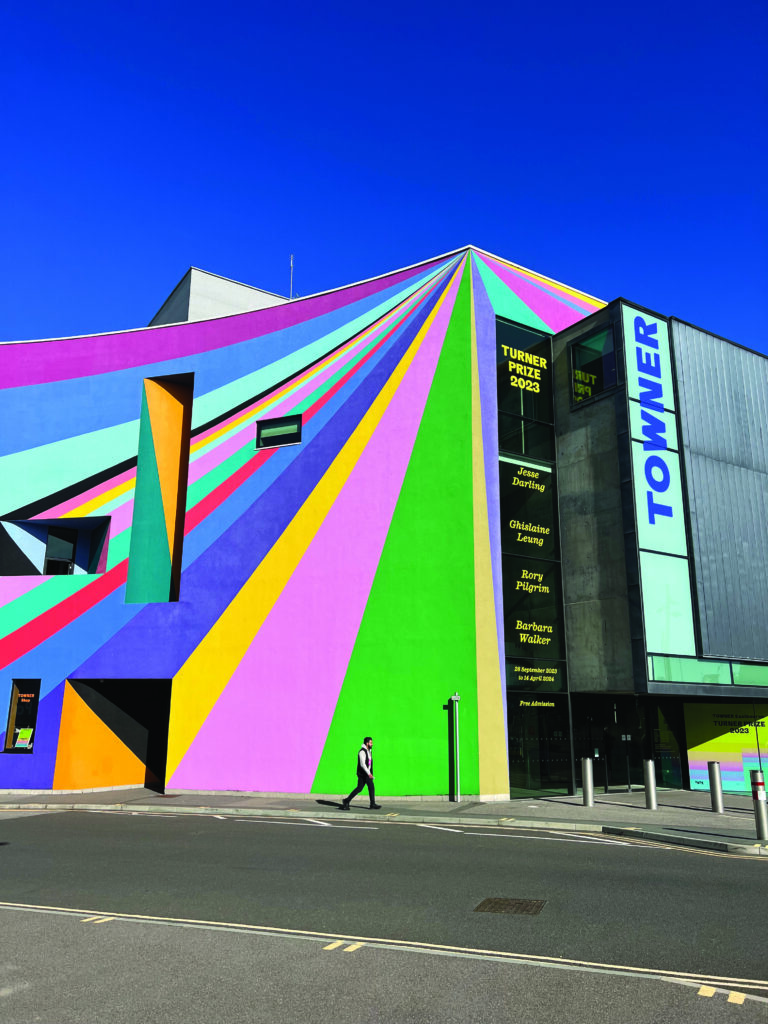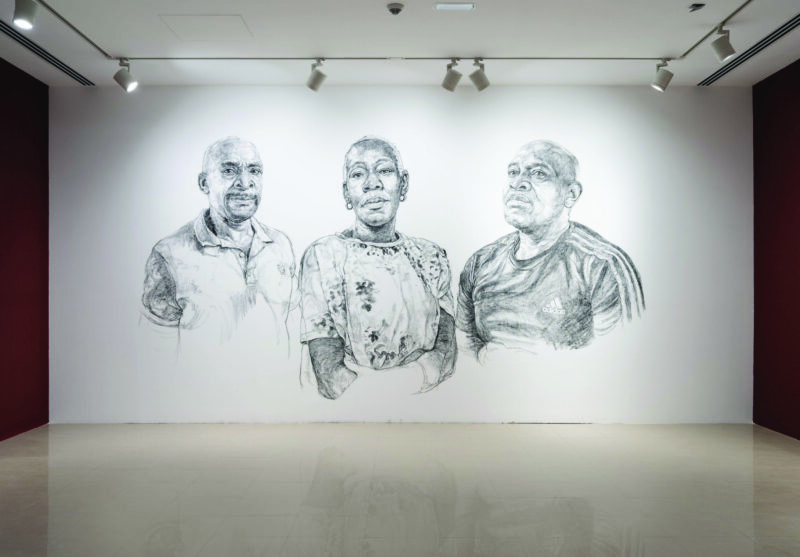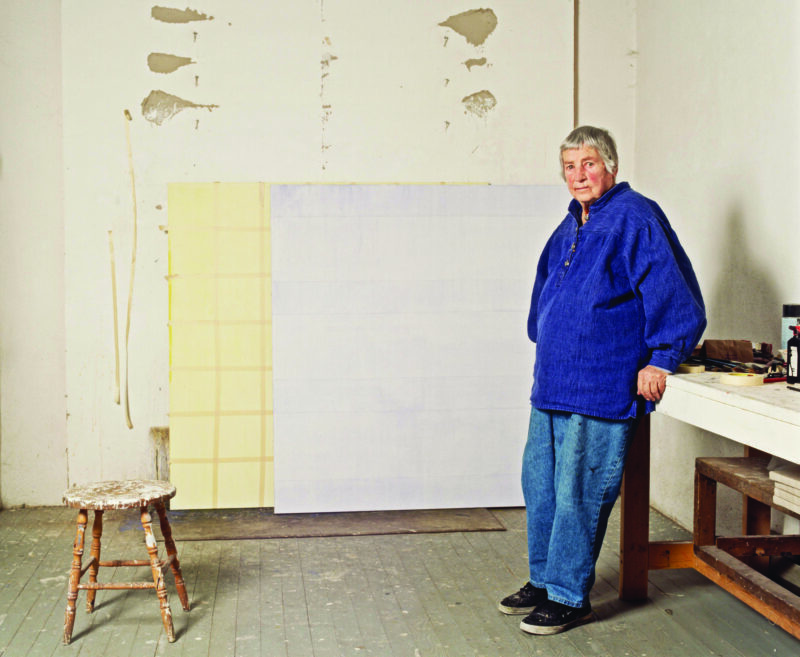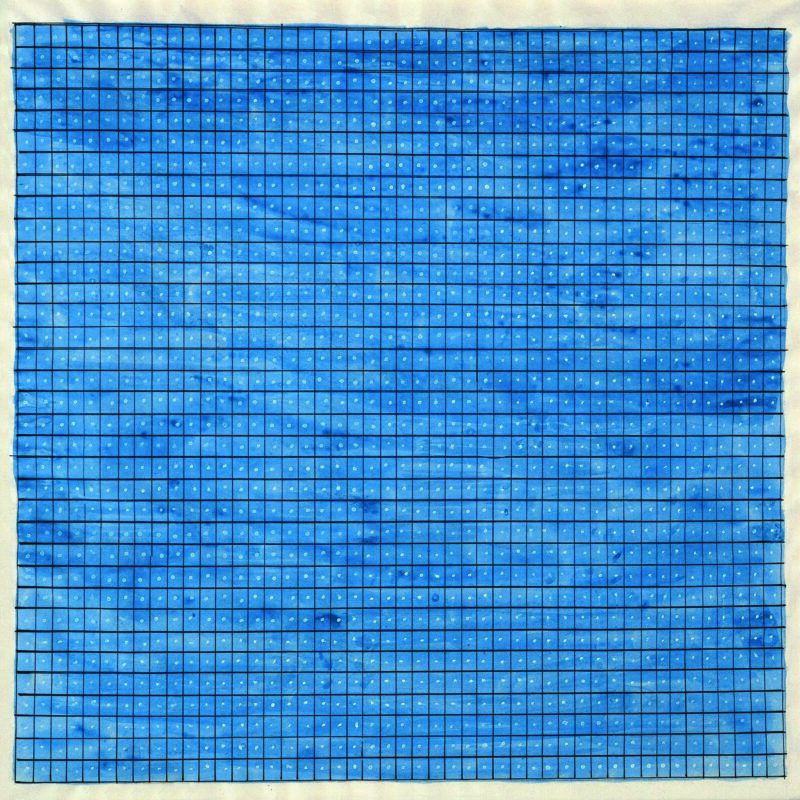Glass Man considers how art can be a form of gentle activism, looking at artists and initiatives that seek to change the way we think
Art possesses the unique ability to gently steer us towards broadening our empathy and comprehension, often serving as a catalyst for advocating societal transformation.
While not always assertive or confrontational, it has the power to engage a wider audience and encourage thoughtful discussions on important matters.
Julia Cameron’s renowned work, The Artist’s Way: A Spiritual Path to Higher Creativity underscores the idea that participating in creative endeavours can be a form of gentle activism, fostering personal growth and self-expression that in turn can instigate positive change at both individual and community levels. Originally published in 1992, 30 years later these ideas have aged like a fine wine.

Towner Eastbourne Gallery, by Phoebe Minson
One sunny Autumn morning, hot chocolate in hand, I hopped on the train out of London and headed to the land of the Seven Sisters – the seaside town of Eastbourne, home to this year’s Turner Prize exhibition.
The Turner Prize, named after the English painter JMW Turner, is an annual award presented to a British visual artist and celebrates its 40th anniversary at Towner Eastbourne this year.
Established by the Patrons of New Art, it is awarded in recognition of recent developments in an artist’s career rather than a lifetime’s achievement. One of the leading honours for the visual arts in the world, it aims to promote public debate on contemporary British art.

Barbara Walker addressed the Windrush Scandal, Photography: Danko Stjepanovic/PA Wire
Among this year’s nominees is Barbara Walker, an artist who delves deep into exploring past and present issues related to racial identity, exclusion and power, exemplified by her presentation, Burden of Proof, showcased originally at Sharjah Biennial 15.
In it, Walker explores the profound impact of the government’s self-styled hostile immigration policy by merging large-scale figurative drawings with reproductions of the documentation required by Windrush generation individuals – those who legally settled in the UK from the Caribbean in the post-war years but were rendered stateless – to prove their right to remain in here.
In nominating her, the Turner Prize jury commended Walker’s remarkable ability to use monumental portraits to narrate stories of equal magnitude while preserving a profound sense of tenderness and intimacy.

Agnes Martin | MoMA
Walker’s predecessor in the art of preserving intimacy in large-scale works is the US abstract pioneer, Agnes Martin, who lived in a self-made log cabin but drove a spotless white E320 Mercedes.
Her minimalist and contemplative paintings are often offered as another example of subtle activism. These works inspire serene reflection on the essence of beauty and simplicity, provoking a tranquil yet profound meditation on the human experience.
These two instances illustrate how art, in a personal and graceful nature, can be a potent instrument for change. Art holds the intention to gently stir hearts and minds towards a more empathetic and equitable society.

“Starlight” (1963) © Estate of Agnes Martin. Michele Mattei. Agnes Martin. photograph, 9 7/16 × 12 15/16” (24 × 32.8 cm). Photographic Archive, Artists and Personalities. The Museum of Modern Art Archives, New York
Art as gentle activism also manifests in grassroots initiatives aimed at making a positive impact. A recent exhibition, The Unlocked Room, featuring work from two pilot courses in printed textiles and fashion design at a young offenders’ institute in southeast London, not only presented work created in prison workshops but also showcased collaborations between young men at HMP Isis and students from Central Saint Martins. This “live empathy experiment” unfolded over five days during the exhibition.
I would like to see more of such experiments, but more than that, I’d like to see more live empathy, and I really do believe that we can achieve so much of that through the creative arts.
The good news is that gentle activism through the arts can be as simple as taking a stroll. The Walking as an Aesthetic Practice movement, as described by artists like Richard Long and Hamish Fulton, considers merely walking outdoors to be an art form that can promote environmental awareness and encourage a profound connection to the natural world.
I’ll certainly be walking with a little more awareness and enjoying art a little more thoughtfully, being the gentle activist that I am.
by Phoebe Minson
